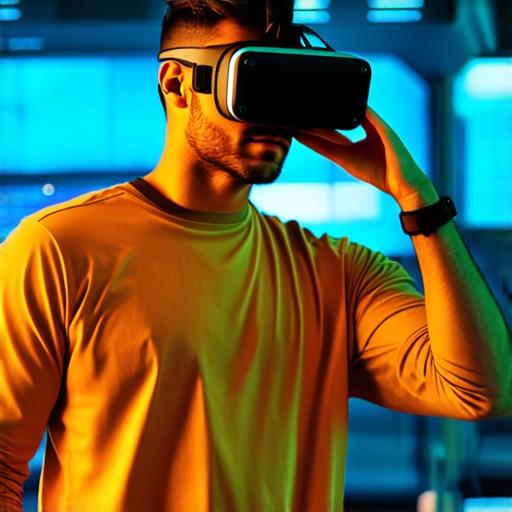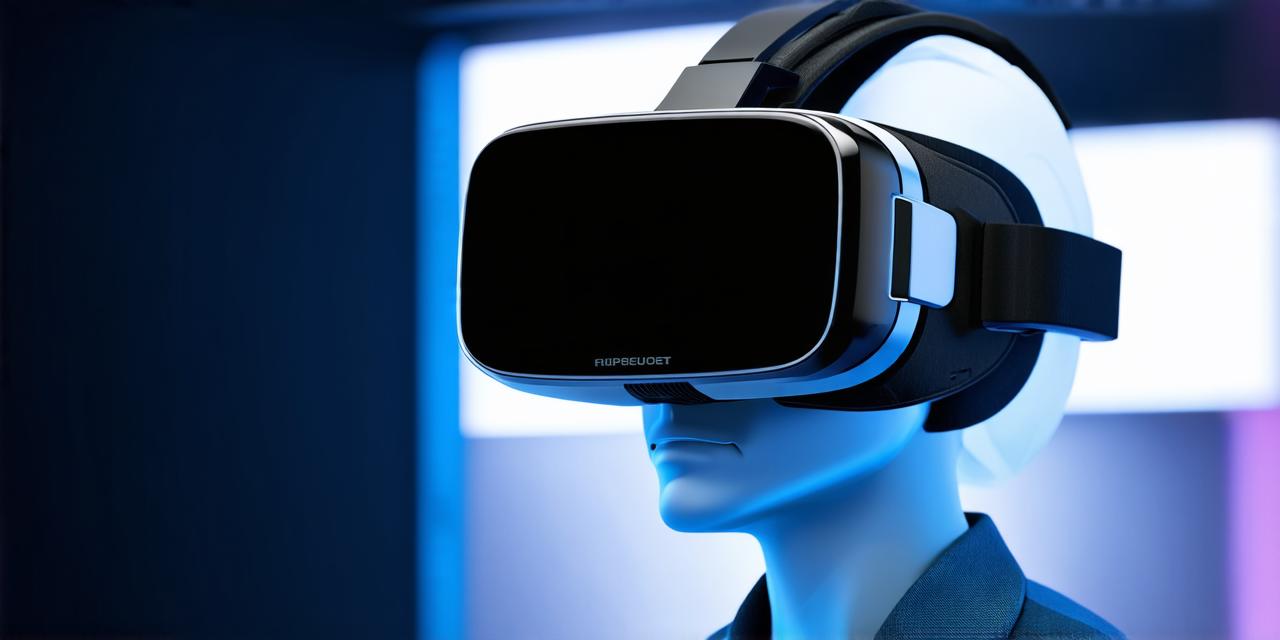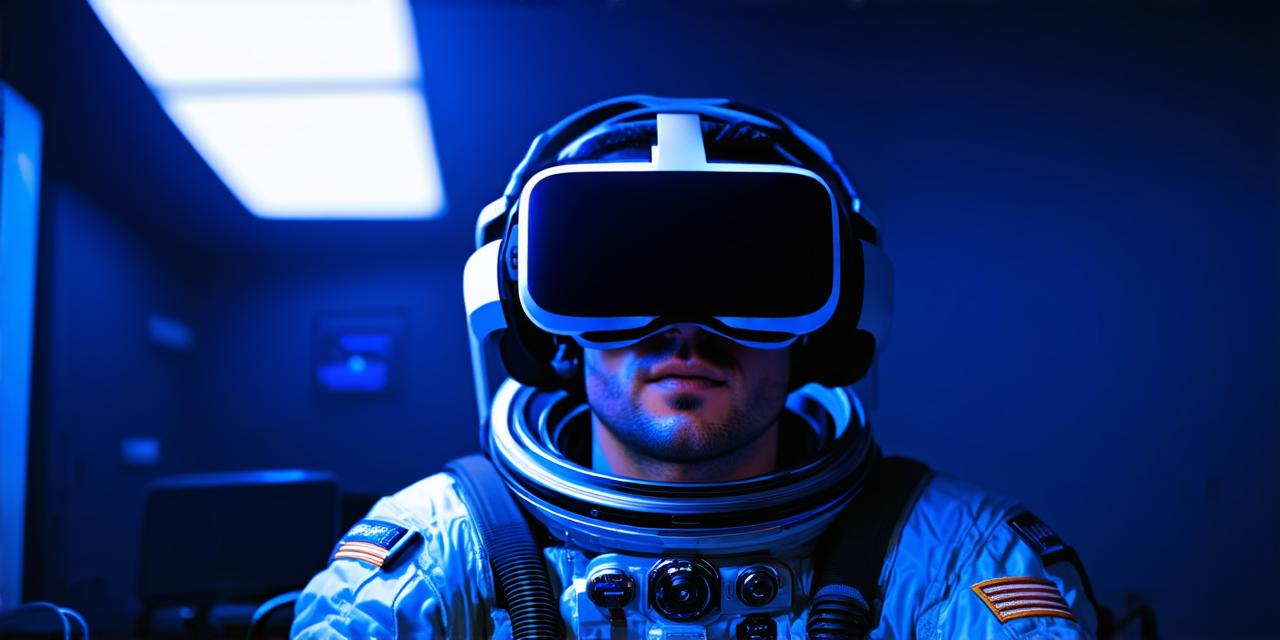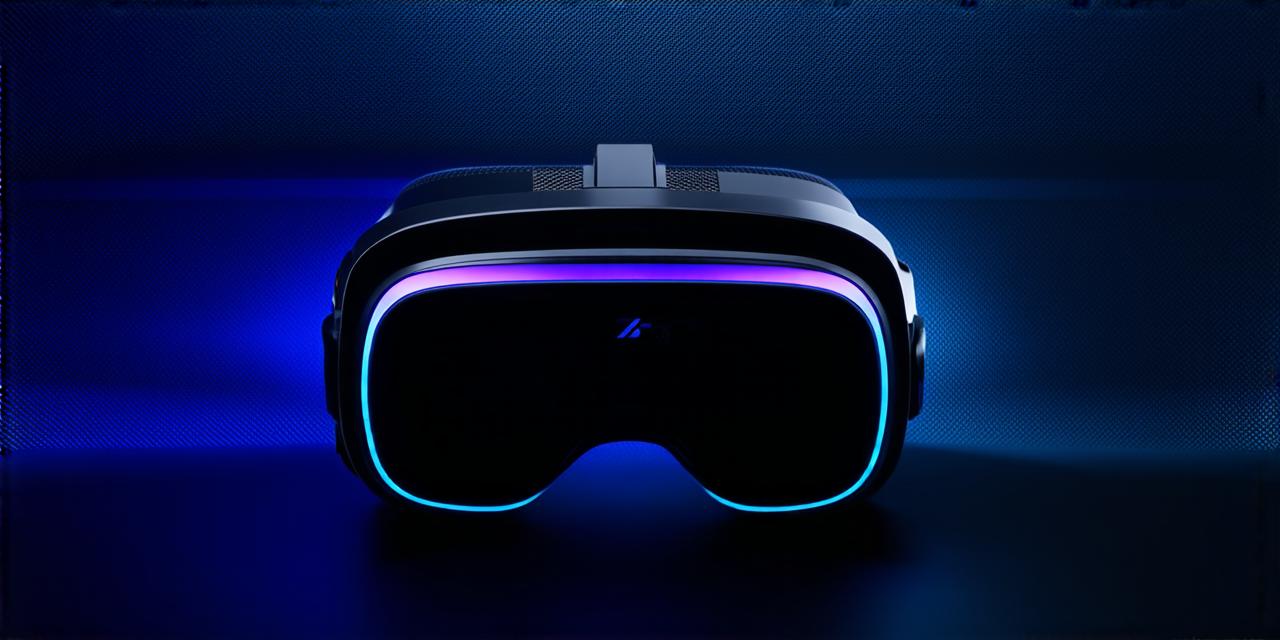Virtual reality (VR) technology is rapidly advancing, and its potential in healthcare settings is enormous. As an AR developer, you may be wondering how VR can be utilized in healthcare to improve patient outcomes and enhance the overall healthcare experience.
1.
Virtual Reality Therapy
One of the most well-known uses of VR in healthcare is therapy. Virtual reality can be used to simulate real-life scenarios that may trigger anxiety or phobias, such as flying or heights, and allow patients to confront these fears in a safe and controlled environment.
This type of therapy is known as exposure therapy, and it has been shown to be highly effective in treating a range of mental health conditions.
Additionally, VR can also be used to simulate physical rehabilitation exercises for patients recovering from injuries or illnesses. For example, a patient with a broken arm may use VR technology to practice moving their arm in a virtual environment, which can help improve their strength and range of motion.
This type of therapy is known as tele-rehabilitation, and it has the potential to revolutionize the way patients recover from injuries and illnesses.
2.
Virtual Reality Training for Medical Professionals
Virtual reality can also be used to train medical professionals in a variety of scenarios. For example, surgeons can use VR technology to simulate surgical procedures, allowing them to practice their skills in a safe and controlled environment.
Similarly, nurses can use VR technology to simulate patient scenarios, such as administering medication or managing difficult patients.

This type of training is known as medical simulation, and it has the potential to improve patient care and reduce the stress and burnout that can occur in healthcare settings
3.
Virtual Reality for Pain Management
Chronic pain is a major problem in healthcare, affecting millions of people worldwide. Virtual reality technology can be used to distract patients from their pain and provide them with a sense of control over their environment.
For example, a patient with chronic pain may use VR technology to simulate a relaxing beach vacation, which can help reduce their stress and anxiety levels
Additionally, VR technology can also be used to provide patients with a sense of control over their environment by allowing them to adjust the lighting, temperature, and other settings in their virtual environment. This type of therapy is known as environmental control, and it has been shown to improve pain management outcomes.
4.
Virtual Reality for Mental Health Diagnosis and Treatment
Virtual reality technology can also be used to diagnose and treat mental health conditions. For example, a patient with depression may use VR technology to simulate a virtual environment that triggers their depression symptoms, allowing them to confront these feelings in a safe and controlled environment.
Additionally, VR technology can also be used to simulate different treatments for mental health conditions, such as cognitive-behavioral therapy or mindfulness meditation. This type of therapy is known as virtual reality exposure therapy, and it has the potential to revolutionize the way mental health conditions are diagnosed and treated.
5.
Virtual Reality for Medical Education
Virtual reality technology can also be used for medical education. For example, medical students can use VR technology to simulate patient scenarios, such as performing a surgical procedure or managing a difficult patient.
This type of training is known as medical simulation, and it has the potential to improve medical education outcomes and prepare students for real-life medical scenarios
Additionally, VR technology can also be used to provide medical professionals with a better understanding of complex medical concepts, such as anatomy and physiology. This type of training is known as virtual reality anatomy and physiology, and it has the potential to improve medical education outcomes and reduce the risk of errors in healthcare settings.




